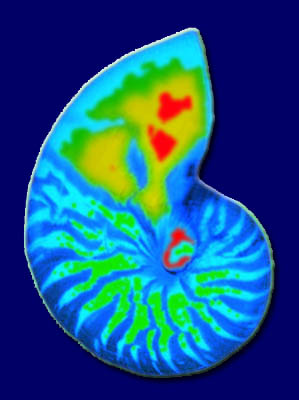
Comments: download file (pdf
)
Ref.: Int. Conf. on Underwater Acoustic Measurements,
Heraklion, June 2007
Abstract: Vector sensors measure both the acoustic pressure
and the three components of particle velocity. Because of this, a
vector sensor array (VSA) has the advantage of being able to provide
substantially higher directivity with a much smaller aperture than an
array of traditional scalar (pressure only) hydrophones. Although
several, most of them theoretic, works were published from early
nineties, only in the last years due to improvements and availability
of vector sensor technology, the interest on field experiments with VSA
increased in the scientific community. During the Makai Experiment,
that took place off the coast of Kauai I., Hawaii, in September 2005,
real data were collected with a 4 element vertical VSA. These data will
be discussed in the present paper. The acoustic signals were emitted
from a near source (low frequency ship noise) and two high frequency
controlled acoustic sources located within a range of 2km from the VSA.
The advantages of the VSA over traditional scalar hydrophone arrays in
source localization will be addressed using conventional beamforming.